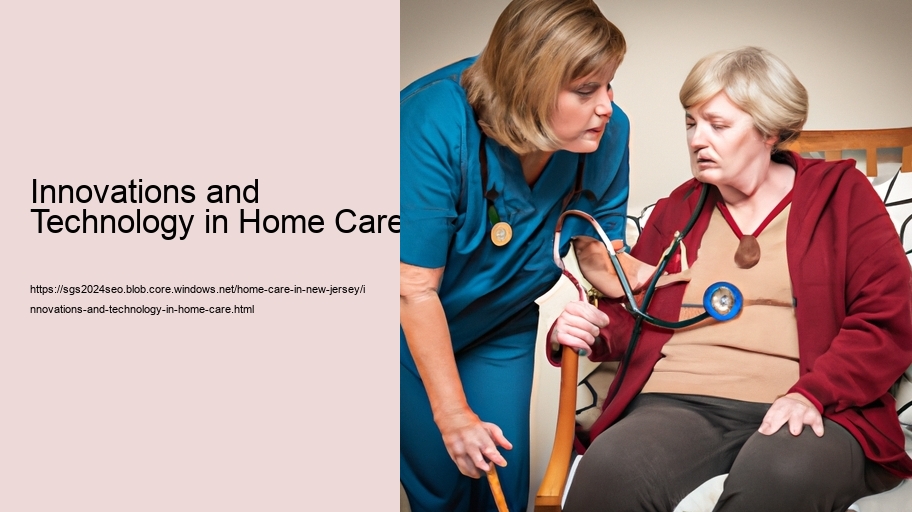Title: Innovations and Technology in Home Care: Transforming the Future of Health Services
How to Find Specialized Dementia and Alzheimer's Home Care in New Jersey .
Introduction
The landscape of healthcare is rapidly evolving, thanks in large part to innovations and technological advancements that are reshaping how care is delivered, especially within the realm of home care. This transformation is driven by an aging population, the growing demand for personalized care, and the need to make healthcare more accessible and efficient. As we delve into the impact of technology on home care, it becomes evident that these advancements not only enhance the quality of care but also empower patients and caregivers alike.
Technological Innovations in Home Care
- Telehealth and Remote Monitoring
One of the most significant technological advancements in home care is the rise of telehealth and remote monitoring. These tools have revolutionized how patients interact with healthcare providers, enabling consultations and check-ups to be conducted virtually. This is particularly beneficial for individuals with mobility issues or those living in remote areas. Wearable devices and remote monitoring systems also allow for continuous tracking of vital signs, such as heart rate, blood pressure, and glucose levels, providing real-time data to healthcare professionals. This leads to more timely interventions and a proactive approach to managing chronic conditions.
- Artificial Intelligence and Machine Learning
Artificial Intelligence (AI) and machine learning are increasingly being integrated into home care systems to enhance decision-making and personalize care plans. AI-powered tools can analyze vast amounts of data to identify patterns and predict potential health issues before they become critical. For example, AI algorithms can assess a patient's behavioral patterns to identify signs of cognitive decline or depression, allowing for early intervention. Moreover, virtual assistants and chatbots, powered by AI, can provide patients with medication reminders, health tips, and even companionship, making home care more interactive and supportive.
- Internet of Things (IoT)
The Internet of Things (IoT) has introduced smart home technologies that are transforming the home care environment. IoT-enabled devices, such as smart pill dispensers, fall detectors, and automated lighting systems, enhance the safety and convenience of home care. These devices can be connected to a central hub, allowing caregivers and family members to monitor the well-being of patients remotely. For instance, a smart pill dispenser can alert caregivers if a dose is missed, ensuring medication adherence and reducing the risk of complications.
- Robotics and Assistive Devices
Robotics and assistive devices are playing an increasingly important role in home care, particularly for individuals with disabilities or limited mobility. Robotic companions and assistive robots can help with daily tasks, such as cleaning, cooking, and even providing physical support for movement. These technologies not only improve the quality of life for patients but also reduce the burden on caregivers. Robotic exoskeletons, for example, can assist individuals with walking, promoting independence and rehabilitation.
Challenges and Considerations
While innovations and technology in home care offer numerous benefits, they also present challenges that need to be addressed. Privacy and data security are major concerns, as the use of connected devices and data sharing increases the risk of breaches. Ensuring that patients' personal health information is protected is paramount. Additionally, there is a need for digital literacy and access to technology, particularly for elderly populations who may be less familiar with these tools. Ensuring equitable access to technological advancements in home care is essential to avoid widening the healthcare disparity gap.
Conclusion
The integration of innovations and technology in home care is fundamentally transforming the way healthcare is delivered, making it more personalized, efficient, and accessible. As these technologies continue to evolve, they hold the potential to significantly improve outcomes for patients and reduce the strain on healthcare systems. However, it is crucial to address the accompanying challenges to ensure that the benefits of technological advancements are realized by all, fostering a future where home care is not only a viable option but a preferred one for many. As we move forward, the collaboration between healthcare providers, technologists, and policymakers will be essential in shaping a sustainable and inclusive home care ecosystem.

